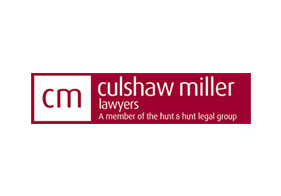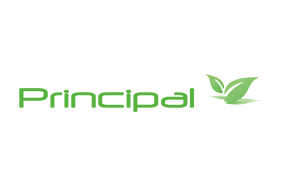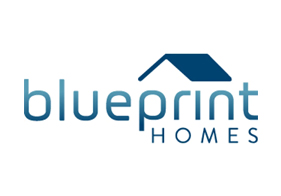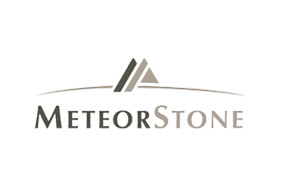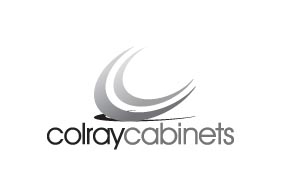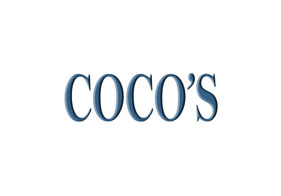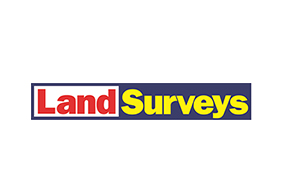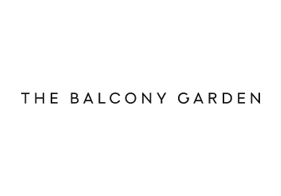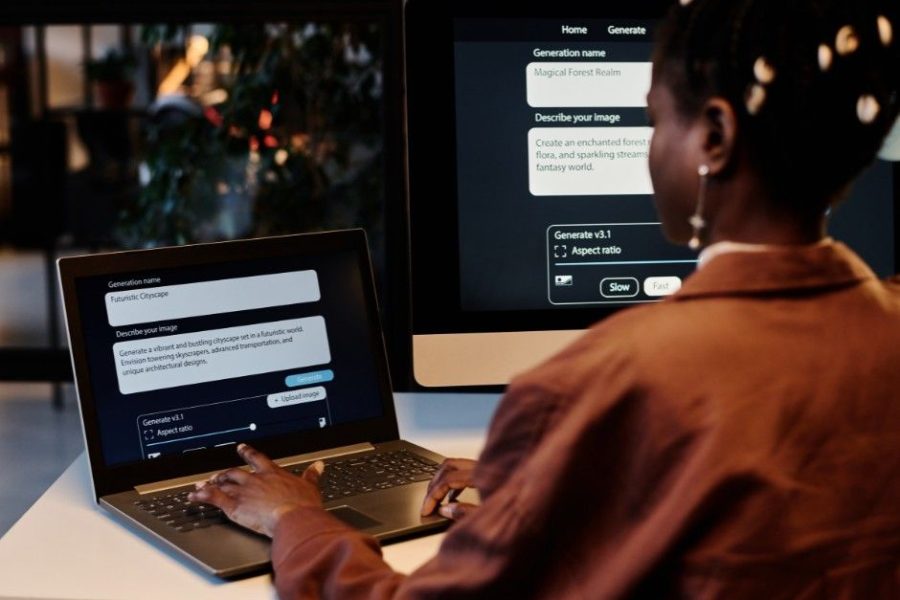There’s been a trend in recent years for ‘makeover’ TV shows giving our cars, our homes, our gardens, and even our pets the full treatment.
In this article we are going to emulate those TV shows, by giving your website a makeover to improve its SEO, and in turn boost, its ranking on Google.
There are plenty of differences between giving your website a makeover compared to a house or a car. Firstly, it can be done with the minimum of disruption and in most cases without the website having any downtime. The changes that can be made require little more than spending time logged into your website admin panel and making the updates.
Your SEO makeover can also be done without any expenditure, although you may want to obtain some software or plugins which can assist you. Finally, the time it is going to take for you to carry out most of the SEO makeover can be measured in minutes rather than hours. Your website’s SEO makeover consists of 7 specific tasks.
#1 Make It Mobile Responsive: Google penalize websites that are not mobile responsive, and if that wasn’t reason enough, most online searches are done on mobile devices. If your website doesn’t have a theme which is mobile responsive, it is time to get it one.
#2 Update Your ‘Contact Us’ Page: Even if you already have a contact us page, (and if you don’t you need to add one asap) if all you have is a basic send message box, you are losing out. Add in alternatives like your email address, social media buttons and if you have the resources a live chat. All of these improve customer engagement, which in Google’s view is positive.
#3 Fix Broken Links: Imagine you were driving along a road and came across a huge hole which meant you couldn’t drive any further. You’d be frustrated, wouldn’t you? Well, that is what your visitors become when you have broken links on your site. These are easily identified using free software and are easy to put right. Your visitors are happier, and Google’s spiders report back all is well with your website when they next crawl it.
#4 Fully Optimise Your Images: There are several things you can do with your images to ensure you get maximum benefit from them when Google crawls your website. These include having the original image file named with a keyword, the alt text likewise, an image description, and if you have a caption underneath the image, add a keyword or two in there as well.
#5 Use Header Tags Properly: Many web owners think header tags are simply for the benefit of Google’s crawlers, and while that is important, they have another meaningful purpose. They help to break up content and make it easier to read and digest for visitors. As a result, they spend more time on your website or are more likely to act on the content. This is all noticed by Google, who then give your ranking a nudge in the right direction.
#6 Improve Your Site Speed: The speed at which your website and its pages load will influence how both your visitors and Google rate it. One of the most effective ways to improve it is to visit Google’s Page Speed Service where you will get an excellent analysis of your website’s page loading speed. This will also tell what is slowing your website down, so you can take the appropriate steps to resolve them.
#7 Outbound Links: This might be the opposite to what you have told in terms of getting backlinks to your website but linking out to high authority websites can help too. First, it makes your website more useful to your visitors, you will appreciate you directing them to relevant information. Second, these links provide further evidence to Google with regards to the relevancy of your website to a keyword or phrase.






